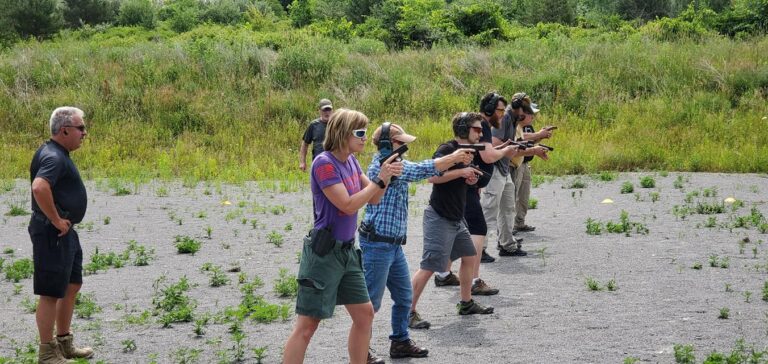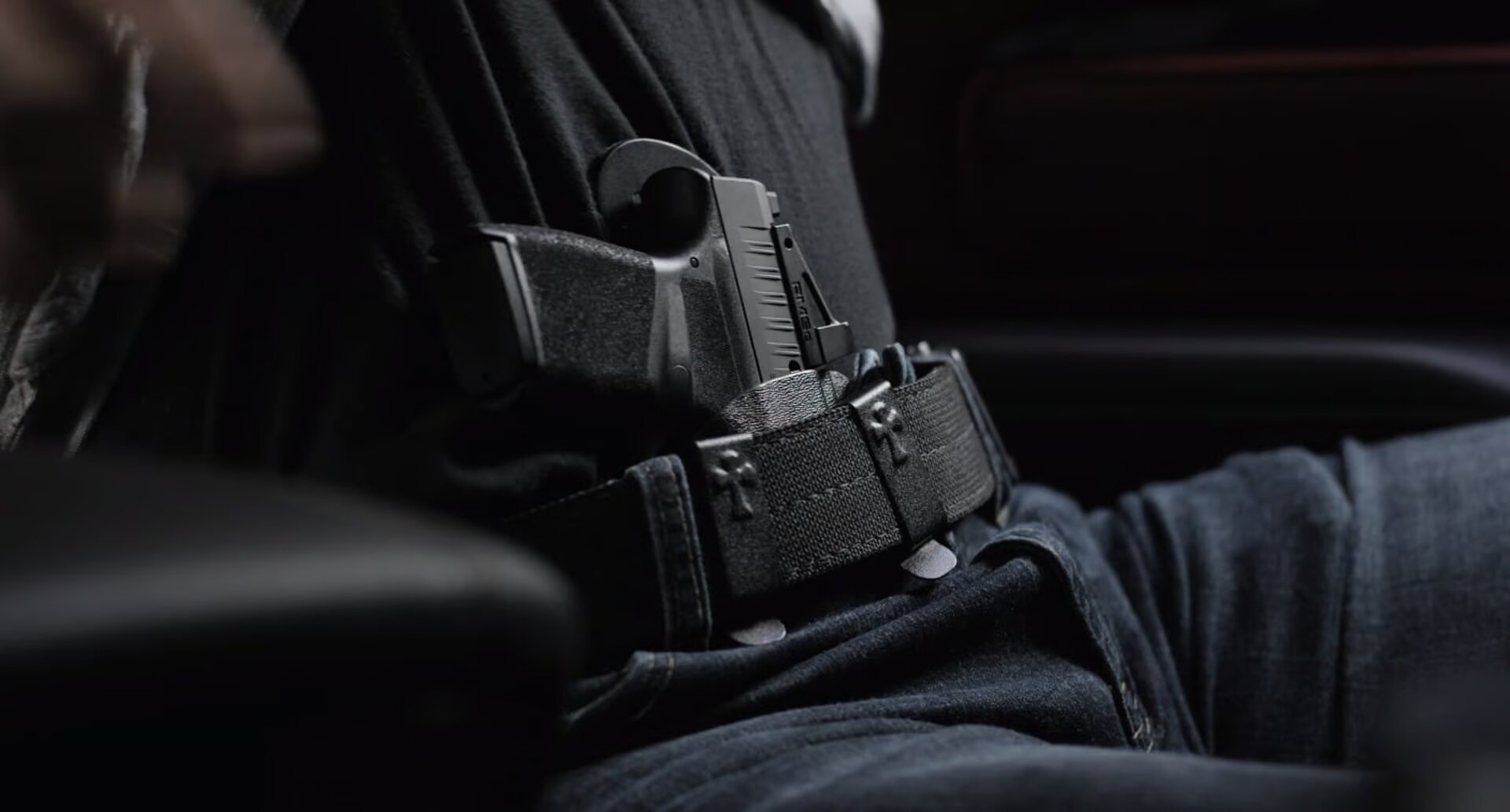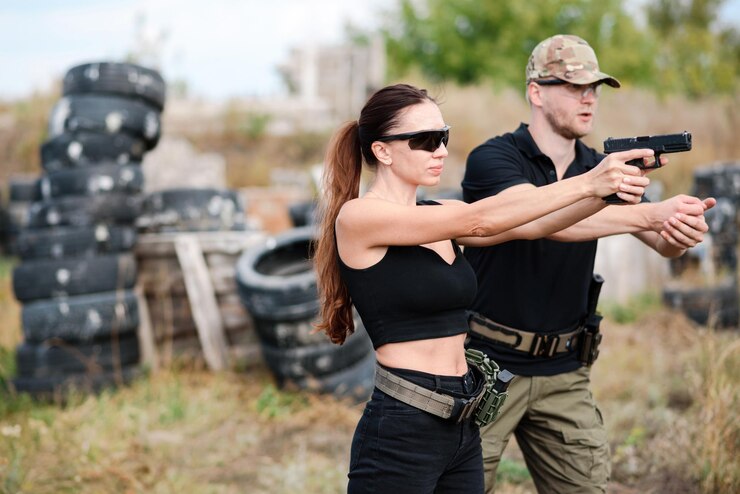
Maryland’s Wear and Carry Permit, often referred to as a concealed carry permit, requires applicants to undergo comprehensive training. This training ensures that individuals are well-prepared to handle firearms safely and responsibly. Here are the top strategies to maximize the effectiveness of your Maryland Wear and Carry training, provided by MSP Firearms Training.
1. Understand Maryland’s Firearm Laws
Before handling a firearm, it’s crucial to understand the legal framework governing its use. Maryland has specific laws regarding when and where you can carry a firearm, as well as the responsibilities of a permit holder.
Key Points to Study:
- Legal Justification for Carrying a Firearm: Understand what constitutes a legitimate reason for carrying a firearm in Maryland.
- Restricted Areas: Learn about places where carrying a firearm is prohibited, such as schools, government buildings, and certain private properties.
- Use of Force: Familiarize yourself with the laws surrounding the use of lethal force for self-defense and the legal implications of firing a weapon.
2. Prioritize Safety Training
Safety is the cornerstone of any firearms training program. Proper handling, storage, and maintenance of your firearm can prevent accidents and ensure that you are prepared to act responsibly.
Essential Safety Practices:
- Trigger Discipline: Always keep your finger off the trigger until you are ready to shoot.
- Muzzle Awareness: Never point the muzzle at anything you do not intend to shoot.
- Safe Storage: Learn how to store your firearm securely to prevent unauthorized access.
3. Master Basic Marksmanship
Proficiency in shooting is a critical component of effective training. This includes understanding how to properly hold, aim, and fire your firearm.
Key Marksmanship Skills:
- Grip and Stance: Practice a firm, consistent grip and a stable shooting stance.
- Sight Alignment and Sight Picture: Learn how to align your sights and focus on your target.
- Trigger Control: Develop smooth, controlled trigger pulls to improve accuracy.
4. Practice Scenario-Based Training
Real-world situations require more than just static target practice. Scenario-based training helps you prepare for dynamic, high-stress environments where you may need to use your firearm.
Scenario Training Techniques:
- Simulated Attacks: Engage in drills that mimic potential threats, such as home invasions or assaults.
- Movement Drills: Practice shooting while moving to better understand how to maintain accuracy under different conditions.
- Decision-Making Exercises: Learn to quickly assess situations and decide whether to draw your firearm, shoot, or seek cover.
5. Develop a Personal Defense Plan
Having a clear plan for self-defense can increase your confidence and effectiveness in a critical situation. This plan should be tailored to your lifestyle and the environments you frequent.
Components of a Defense Plan:
- Threat Assessment: Identify potential risks in your daily routine and develop strategies to mitigate them.
- Escape Routes: Know the safest exits in your home, workplace, and other frequently visited locations.
- Family Communication: Ensure that your family members understand your defense plan and know what to do in an emergency.
6. Maintain Your Skills
Ongoing practice and education are essential to keeping your skills sharp and staying up-to-date with any changes in firearm laws or self-defense techniques.
Tips for Skill Maintenance:
- Regular Range Time: Schedule regular visits to the shooting range to practice your marksmanship.
- Advanced Courses: Enroll in advanced training courses to continue developing your skills.
- Stay Informed: Keep abreast of any legal changes or new self-defense strategies by following reputable sources and attending relevant seminars.
7. Choose the Right Firearms and Gear
Selecting the appropriate firearm and gear for your needs can enhance your effectiveness and comfort when carrying concealed.
Considerations for Selection:
- Firearm Fit: Choose a firearm that fits comfortably in your hand and is easy to control.
- Holsters: Invest in a high-quality holster that provides good retention and allows for quick, easy access.
- Ammunition: Select reliable ammunition that performs well in your firearm and meets your self-defense requirements.
8. Mental Preparedness
Being mentally prepared is just as important as physical readiness. Developing a strong mindset can help you remain calm and focused during a crisis.
Mental Training Techniques:
- Visualization: Regularly visualize different scenarios and how you would respond to them.
- Stress Management: Practice techniques such as deep breathing and meditation to control stress and maintain clarity in high-pressure situations.
- Confidence Building: Gain confidence through repeated practice and positive self-affirmation.
9. Seek Professional Guidance
Professional training ensures that you receive accurate, up-to-date instruction from experienced instructors. At MSP Firearms Training, our certified trainers provide personalized guidance to help you achieve your training goals.
Benefits of Professional Training:
- Expert Instruction: Learn from knowledgeable professionals who can correct your techniques and provide valuable feedback.
- Structured Curriculum: Follow a well-organized training program that covers all essential aspects of wear and carry training.
- Supportive Environment: Train in a safe, supportive environment where you can ask questions and learn at your own pace.
10. Build a Community
Joining a community of like-minded individuals can provide support, encouragement, and additional learning opportunities. Consider joining local shooting clubs or online forums where you can share experiences and gain insights from others.
Community Benefits:
- Networking: Connect with others who share your interest in firearms and self-defense.
- Group Training: Participate in group training sessions to learn from different perspectives and challenge your skills.
- Resource Sharing: Exchange tips, recommendations, and resources with fellow members.
Ready to enhance your Maryland Wear and Carry training? MSP Firearms Training offers comprehensive courses designed to equip you with the skills and knowledge needed for safe, effective firearm handling. Contact Us to learn more and enroll in our next training session today!







